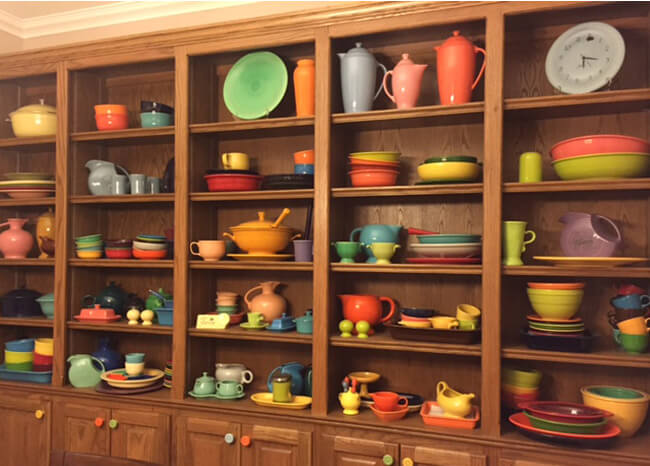
If you have valuable pieces in your home such as fine art, wine collections, jewelry, sports memorabilia or antique furniture, it’s important to check your home owner’s policy to find out if they are covered. While most of your belongings fall under a general umbrella policy, pieces that are worth more may require extra coverage. You may need a special rider or separate policy for these types of items. If you have fine art or antiques, there are a few steps you’ll need to take to make sure they are protected.
We purchased a piece of fine art while on vacation several years ago. Our artwork came with an independent appraisal, and based on its value, our home owner’s insurance covers the piece in our general policy. However, if we added to our collection, we would need an additional rider for our pieces. Here’s our Scott Jacobs painting.

If you have art or antiques, here are six tips to make sure your collection is covered.
- When buying an item, find out if the dealer offers protection in transit. If the items are damaged while getting them to your home, who covers them? If you need a policy to cover these items as they travel, ask about inland marine coverage which applies to moveable property.
- Before you can get insurance, you’ll have to have your items appraised. Ask your insurer what type of appraisal they require. There are several organizations that test and certify independent appraisers, and your insurer can likely refer to you to one. You may be surprised to find out what your collection is really worth! For example, this Fiestaware collection has several valuable pieces and is worth thousands of dollars.
- Once you know what you have, document your collection. Take high-quality photos and keep a written description of each item with as much detail as possible. Keep these inventory lists in a secure place, such as a safe or safe deposit box. It’s also smart to back these inventories up digitally.
- Contact your agent to find out the best options for your items. You may need a separate policy, an add-on to your current coverage, or your existing coverage may be sufficient. Ask questions to fully understand your policy based on your inventory. Some policies may cover your purchase price, while others will pay based on its worth. Also note what is covered in terms of water damage, theft, fire, accidental breakage, etc.
- Protect your collection with security systems and the right climate conditions to keep it in top shape. Your insurance policy may require certain responsibilities for protecting your items, so it’s important to understand what that entails.
- Let your insurer know if you add any pieces to your collection, and revisit your coverage each year as you renew your insurance. Since the value of these items can change from year to year, you’ll want to ensure you have the proper coverage at all times.What type of collections do you have? If you haven’t considered protecting them yet, call your insurance company to safeguard your investments!

